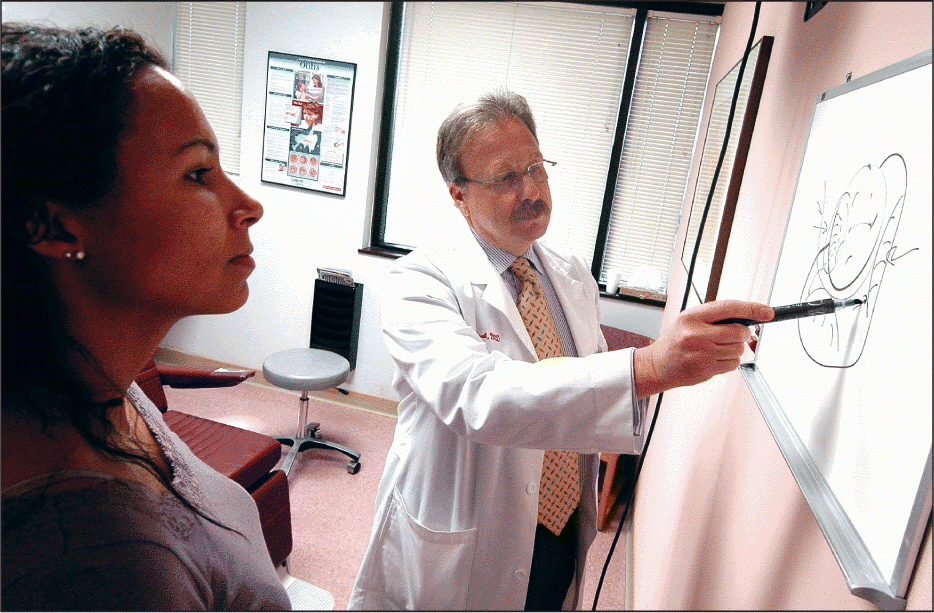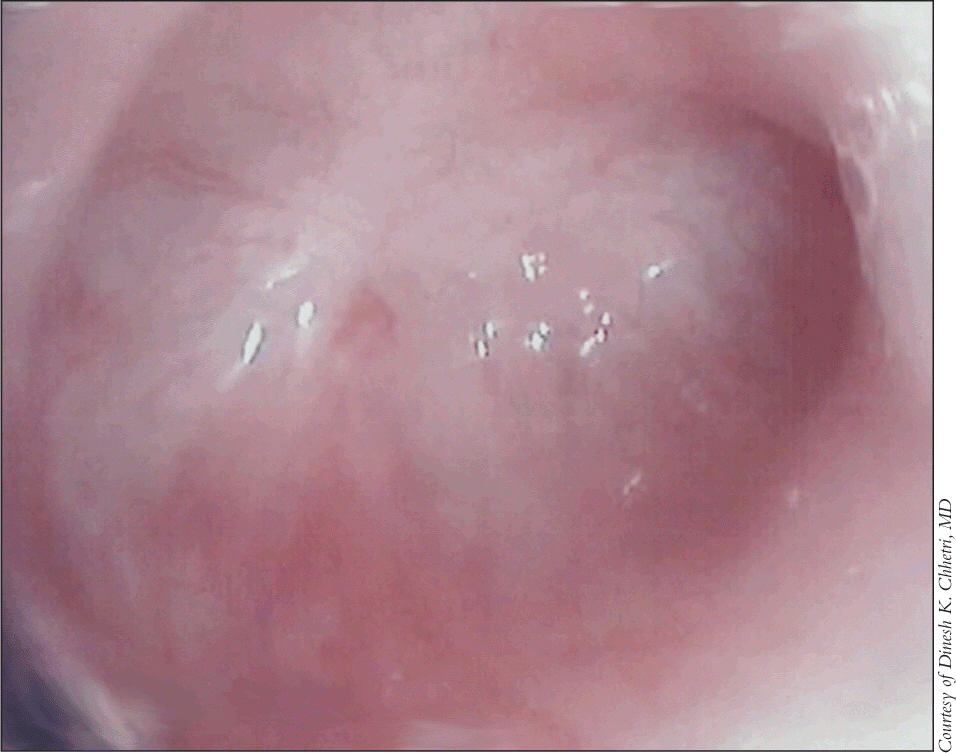Part 2 of 3 articles
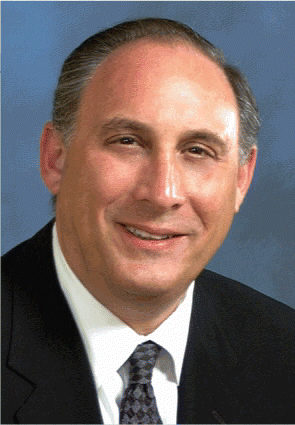

Part 2 of 3 articles
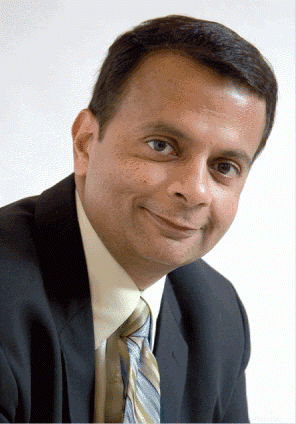
Legislators, policy wonks, and Team Obama need a serious set of online decision-support tools (DSTs) to understand, compare, and evaluate the myriad and conflicting proposals to reform health care.
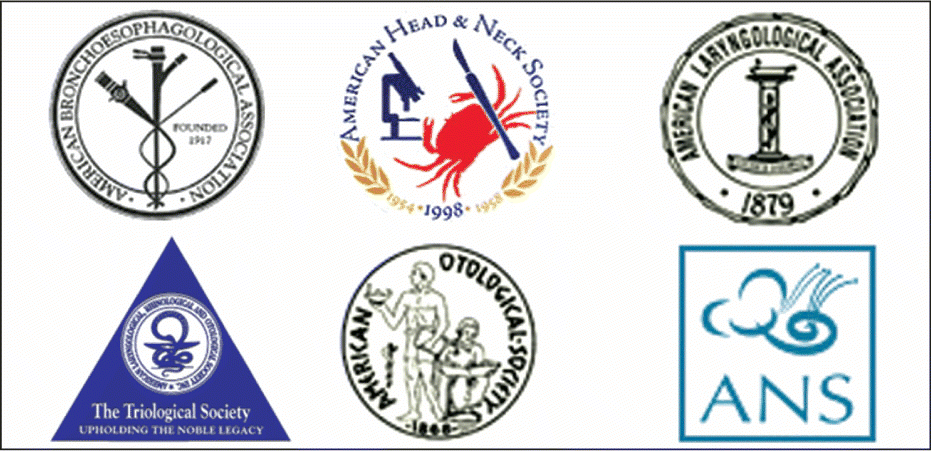
While the Arizona sun beats down on the JW Marriott Desert Ridge Resort & Spa in Phoenix at the end of this month, hundreds of leading otolaryngologists will be indoors sharing and learning about new developments in both basic and clinical research.
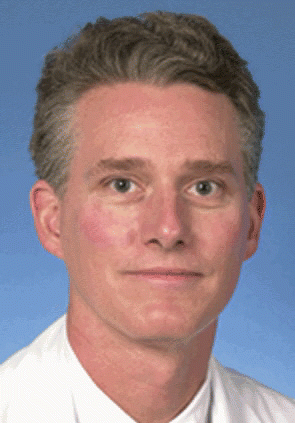
Removal of the submandibular gland using an oral pathway appears to be feasible and successful, doctors have reported.
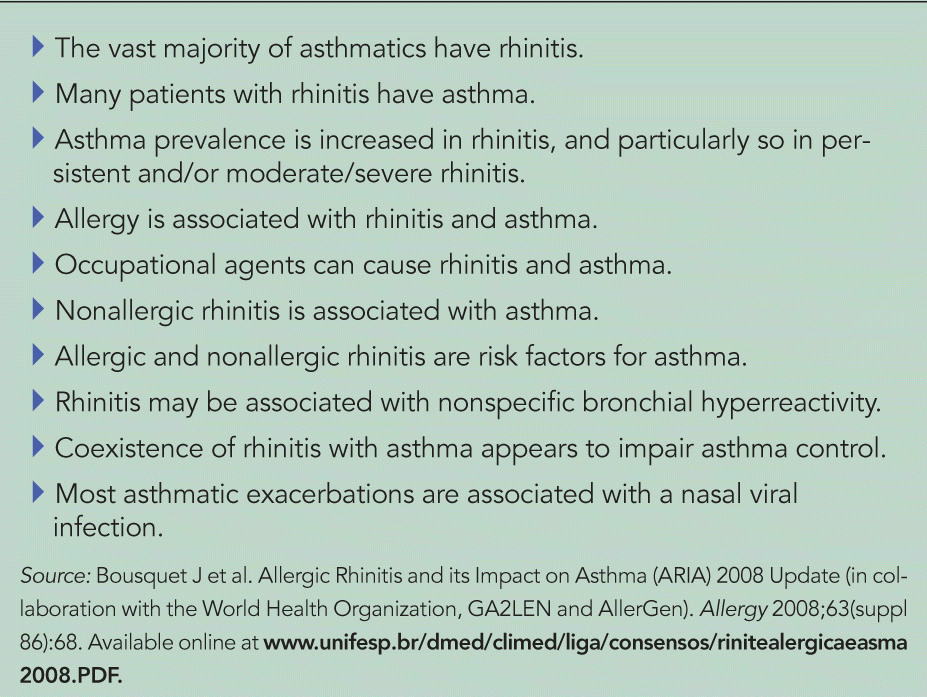
For otolaryngologists, who are often the first-line of defense in diagnosing and treating many common respiratory ailments, differentiating the potential culprits behind sneezing, wheezing, stuffy nose, heavy chest, and chronic cough demands an ever-growing need to recognize and identify underlying conditions that include allergies and asthma.
The $1.1 billion earmarked for comparative effectiveness research in the economic stimulus bill passed on February 13 could be a sound investment in improving health care’s efficiency, cutting costs, and improving patient outcomes.
In this age of increasing reliance on diagnostic technologies to better see pathologies of the body, there is a confounding problem of seeing too much, with too little understanding of what one is seeing and whether what one sees poses a problem.
